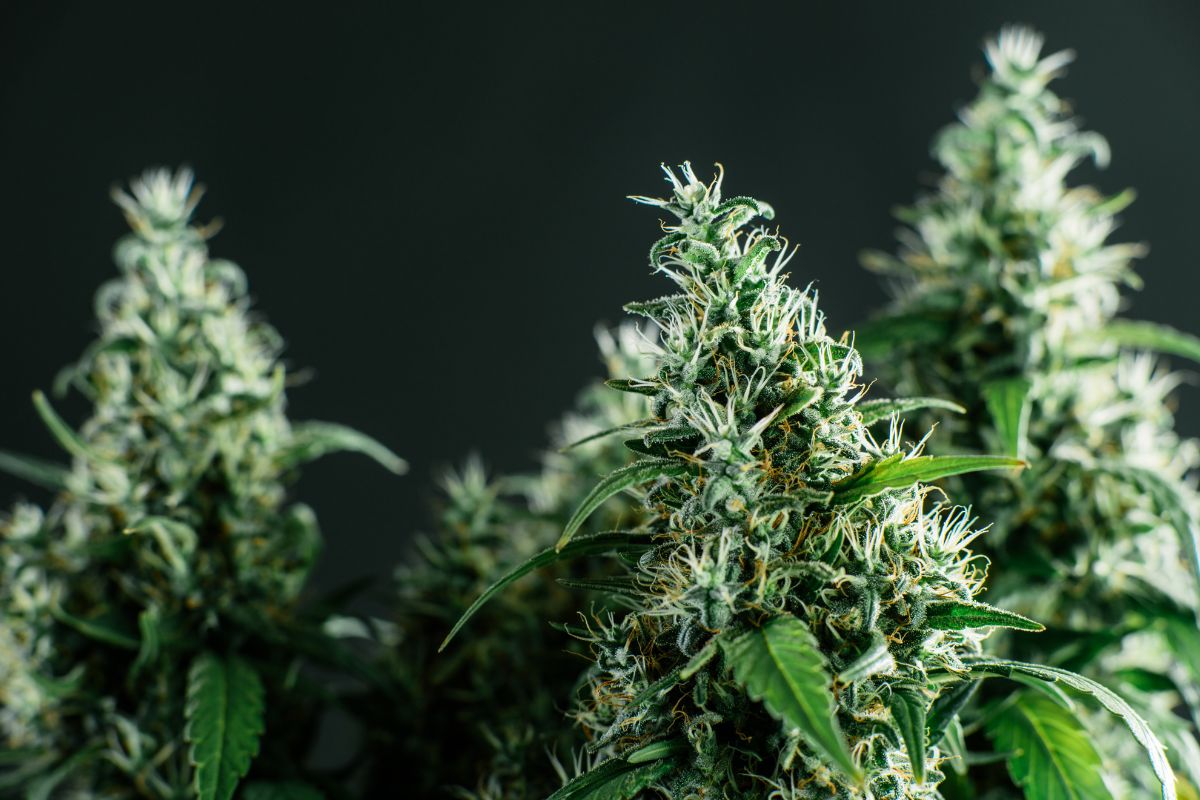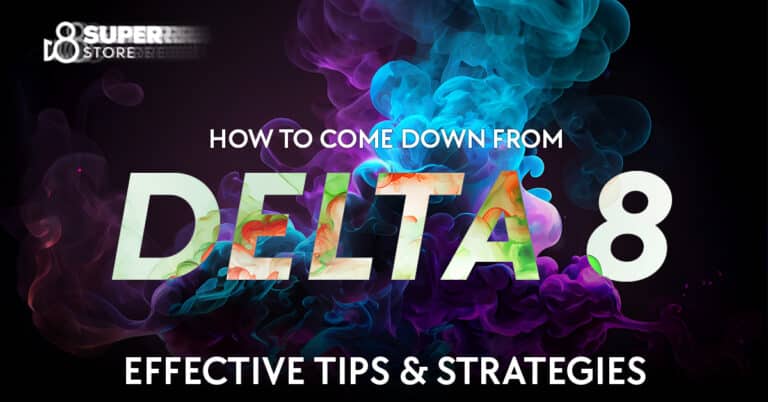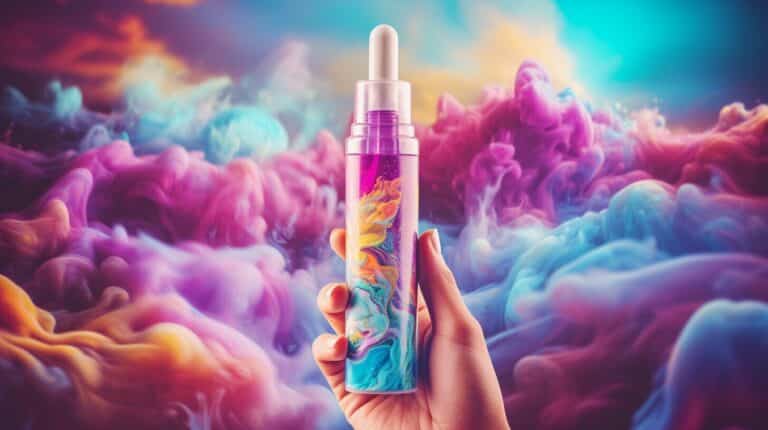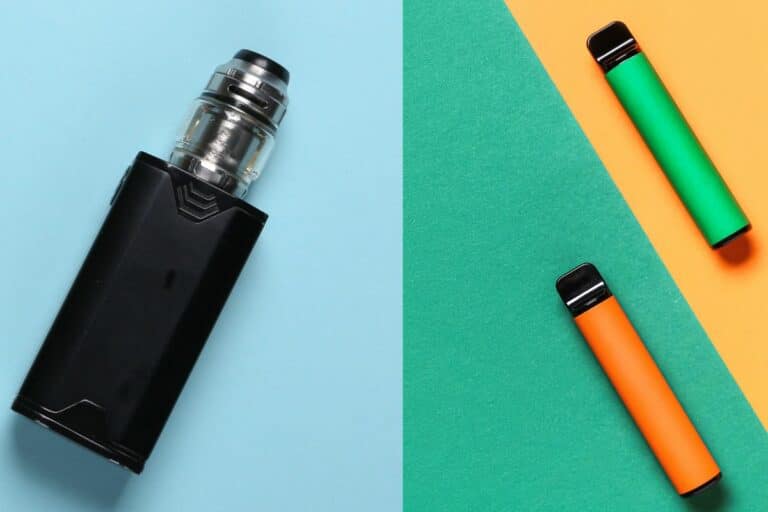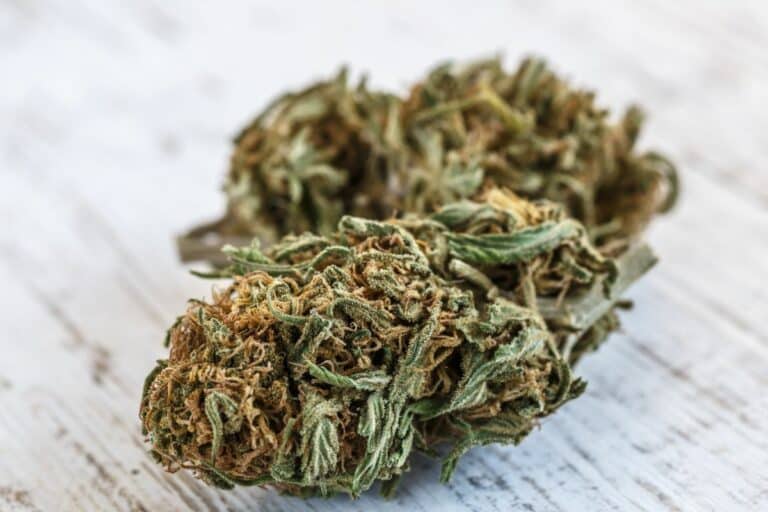Is Sativa an Upper or Downer? Understanding Cannabis Effects Explained
Introduction to Cannabis
In the cannabis industry, both cannabis growers and cannabis plants, including sativa and indica, are among the oldest cultivated plants, used for centuries for their medicinal, recreational, and spiritual benefits.
In today’s modern world, medical cannabis is more widely accepted and available, with users seeking relief for various physical and mental conditions, including reducing anxiety.
- Introduction to Cannabis
- The Shift from Strains to Chemovars
- What Is Cannabis Sativa?
- Sativa: The Daytime Option
- Energizing Effects of Sativa
- Comparing Sativa vs Indica
- Why Sativa Is Considered an Upper
- Common Sativa Strains and Their Effects
- The Role of THC in Sativa Strains
- CBD and Sativa: What's the Relationship?
- Terpenes That Boost Energy in Sativa
- Can Sativa Cause Anxiety?
- Hybrid Strains: The Middle Ground
- When to Use Sativa
- Sativa for Medical Use
- Factors That Affect Sativa's Effects
- Is Sativa Always an Upper?
- Sativa Edibles vs Inhalation
- Euphoric High vs Relaxing High
- Final Thoughts: Is Sativa Right for You?
- Conclusion
- FAQ: Is Sativa an Upper or Downer?
There are two primary types of cannabis parent plants commonly discussed: indica and sativa strains, which strain typically have their distinct effects along with hybrids that combine the two, including indica plants.
Understanding the differences in their effects—especially in the indica vs sativa debate backed by scientific evidence —is crucial for making informed choices.
The Shift from Strains to Chemovars
Traditionally, cannabis hybrids have been divided into “strains.” However, new and unique strains, including indica strains along with hybrid plants, are emerging as the industry is moving toward a more scientific approach to understand both indica and sativa —this is important in the cannabis indica debate. —chemovars or chemical varieties.
Chemovars are categorized based on their cannabinoid and cannabis terpenes profiles, not just appearance or lineage.
This new method helps consumers understand what effects they might experience, such as whether a particular type will energize or relax them and potentially alleviate headache pain.
What Is Cannabis Sativa?
Cannabis sativa is a tall, narrow-leaf variety often grown in warmer climates. It is known for producing stimulating, cerebral effects, especially in sativa dominant strains, rather than those that one might expect from indica plants. People often choose sativa strains to stay productive, social, and creative.
Sativa: The Daytime Option

Sativa strains are typically labeled as “uppers” in the cannabis world. They are commonly used during the daytime to avoid drowsiness and maintain energy levels.
This makes them ideal for individuals needing a mental boost or battling chronic pain and fatigue, which are also common indicators of indica effects.
Energizing Effects of Sativa
Sativa strains often produce effects like increased focus, elevated mood, and creative thinking. These energizing traits come from their higher THC content and specific terpene combinations, such as limonene or pinene. Users often report feeling more alert and euphoric after consuming sativa.
Comparing Sativa vs Indica
While sativa is energizing, indica vs sativa dominant strains tend to produce effects that are known for their relaxing, sedating qualities and sedative effects—a classic “downer.” Indica strains are typically used in the evening or before bed to wind down and promote sleep. Understanding these differences, particularly in the sativa vs indica context, can help users choose the right product for the right time of day.
Why Sativa Is Considered an Upper
| Category | Sativa Characteristics | Why It Matters |
|---|---|---|
| Cannabinoid Profile | Higher THC (Tetrahydrocannabinol), lower CBD (Cannabidiol) | THC activates brain receptors responsible for energy and mood; less CBD means less sedation. |
| Terpene Content | Often rich in limonene (citrus), pinene (pine), and terpinolene (floral) | These terpenes have energizing, anti-anxiety, and focus-enhancing properties. |
| Brain Effect | Stimulates the cerebral cortex, enhances dopamine release | Leads to heightened creativity, alertness, and improved mood. |
| Body Effect | Less body sedation, more mental stimulation | Users report a “head high” with increased sociability and motivation. |
| Typical User Feedback | “Makes me feel creative,” “Good for daytime,” “Helps me focus and get things done” | Reflects its association with productivity and positive mood enhancement. |
| Common Applications | Used for ADHD, depression, fatigue, mood swings, and creative work | Ideal for people needing an energy or mood boost without feeling sleepy. |
| Recommended Time of Use | Morning to mid-afternoon | Aligns with natural circadian rhythm for best productivity without interfering with sleep. |
| Social Situations | Great for daytime gatherings, festivals, brainstorming sessions | Supports active engagement and conversation. |
| Not Ideal For | Nighttime use or people with anxiety-prone personalities (in some cases) | High THC and stimulating terpenes may cause racing thoughts or sleeplessness in sensitive users. |
| Cultivation Traits | Tall plants, narrow leaves, longer flowering time | Often grown in warm climates; popular strains include Sour Diesel, Jack Herer, and Green Crack. |
| Mind-Body Split | Stronger “mind high” with minimal physical heaviness | This mental clarity sets it apart from Indica strains, which are more relaxing and body-focused. |
| Medical Use Cases | May assist with chronic fatigue, mood disorders, and cognitive fog | Uplifting effects can offer relief where sedation is not desired. |
Sativa’s chemical makeup encourages stimulating brain activity, which is why many users feel uplifted when consuming more thc. These effects can counteract symptoms of depression, low energy, and social anxiety, and may also reduce stress. That’s why sativa and indica strains tend to be often recommended for uplifting effects, mental clarity, and mood improvement.
Common Sativa Strains and Their Effects
Popular sativa and indica dominant varieties and strains include:
- Sour Diesel – Known for its fast-acting, dreamy cerebral effects.
- Jack Herer – Offers a clear-headed, blissful, and creative high.
- Green Crack – Famous for its intense energy and focus.
Each of the popular sativa strains has its own unique chemical profile, contributing to its “upper” classification.
The Role of THC in Sativa Strains
Sativa plants typically have higher THC (tetrahydrocannabinol) levels, and their thc and cbd content percentage contribute to their psychoactive effects and energizing effects.
THC binds to cannabinoid receptors in the brain, leading to feelings of euphoria, creativity, and stimulation. However, higher THC can also lead to anxiety in some individuals if consumed in excess.
CBD and Sativa: What’s the Relationship?
Sativa strains usually have lower cbd and thc content and percentage levels compared to indica.
CBD is known for its calming effects, non-psychoactive properties, which is why it’s more common in cannabis indica strains, unlike cannabis ruderalis, which may have different effects.
Lower CBD in sativa allows THC’s effects to shine, making the user feel more energized, which can be beneficial for alleviating chronic pain.
Terpenes That Boost Energy in Sativa
Terpenes are aromatic compounds that also affect the overall cannabis experience.
In sativa or indica strains, cannabis terpenes like limonene, pinene, and terpinolene are dominant terpenes that can increase alertness and reduce fatigue, showcasing their therapeutic effects.
These compounds, when paired with THC, often create a cognitive lift and mood enhancement.
Can Sativa Cause Anxiety?
While sativa is often considered an upper, some users report increased anxiety or paranoia—especially with high-THC strains. This reaction is usually due to individual sensitivity or overconsumption. Beginners should start with a low dose and choose strains with balanced THC-to-CBD ratios to avoid negative effects.
Hybrid Strains: The Middle Ground
| Category | Hybrid Strain Characteristics | Why It Matters |
|---|---|---|
| Genetic Makeup | Crossbreed of Sativa and Indica | Blends best traits of both types for balanced effects tailored to user needs. |
| Effect Profile | Can be uplifting, relaxing, or both—depending on the dominant strain (Sativa/Indica) | Offers customized effects, from energizing to calming, without being extreme. |
| Terpene Diversity | Wide range of terpene profiles | Can include both relaxing and stimulating terpenes for nuanced experiences. |
| Popular for New Users | Ideal entry point for beginners | Less likely to be overwhelming; can ease people into cannabis use. |
| Medical Applications | Pain relief, anxiety, depression, insomnia, inflammation, ADHD, appetite stimulation | Covers a wide spectrum of therapeutic uses due to balanced cannabinoid profile. |
| Time of Use | Day or night, depending on type (Sativa-dominant or Indica-dominant) | Versatility makes hybrids suitable for different times and needs. |
| User Feedback | “Perfect balance,” “Not too sleepy or too hyper,” “Helps me stay mellow and alert” | Reflects hybrid’s reputation for adaptable, well-rounded effects. |
| Common Strains | Blue Dream, Wedding Cake, Girl Scout Cookies, Gelato | These strains are widely loved for their hybrid versatility and flavor. |
| Mind-Body Effect Balance | Often delivers both a light “head high” and a mild “body buzz” | Supports functionality while enhancing mood or easing discomfort. |
| Cultivation Traits | Vary depending on parent strains | Can be tailored for indoor or outdoor growth and different flowering times. |
| Customization Potential | Highly customizable through selective breeding | Growers can design hybrids for specific effects, flavors, and potencies. |
| Best For | Users seeking balance, symptom-specific relief, or strain variety | A go-to choice for both recreational and medical users who want control. |
Hybrid strains are crossbreeds of indica and sativa plants, offering a balance of both effects and catering to different strains preference. Depending on the dominant parent strain, a hybrid can lean more toward being an upper or downer. This makes hybrid strains versatile for users looking for a tailored experience.
When to Use Sativa
Sativa is best used when you need a mental boost, such as:
- In the morning for a fresh start
- Before engaging in creative activities
- During social events for better engagement
It’s not ideal before bed due to its stimulating effects, especially if one is seeking pain relief.
Sativa for Medical Use
Sativa strains are often recommended for:
- Depression
- Chronic fatigue
- ADHD
- Mood disorders
They can enhance mental clarity and provide relief without inducing lethargy.
Factors That Affect Sativa’s Effects
Even if you’re using a sativa strain, effects can vary based on:
- Dose consumed
- Method of intake (smoking, vaping, edibles)
- Your individual tolerance and body chemistry
- Time of day and setting
So, a “one-size-fits-all” approach doesn’t apply with cannabis.
Is Sativa Always an Upper?
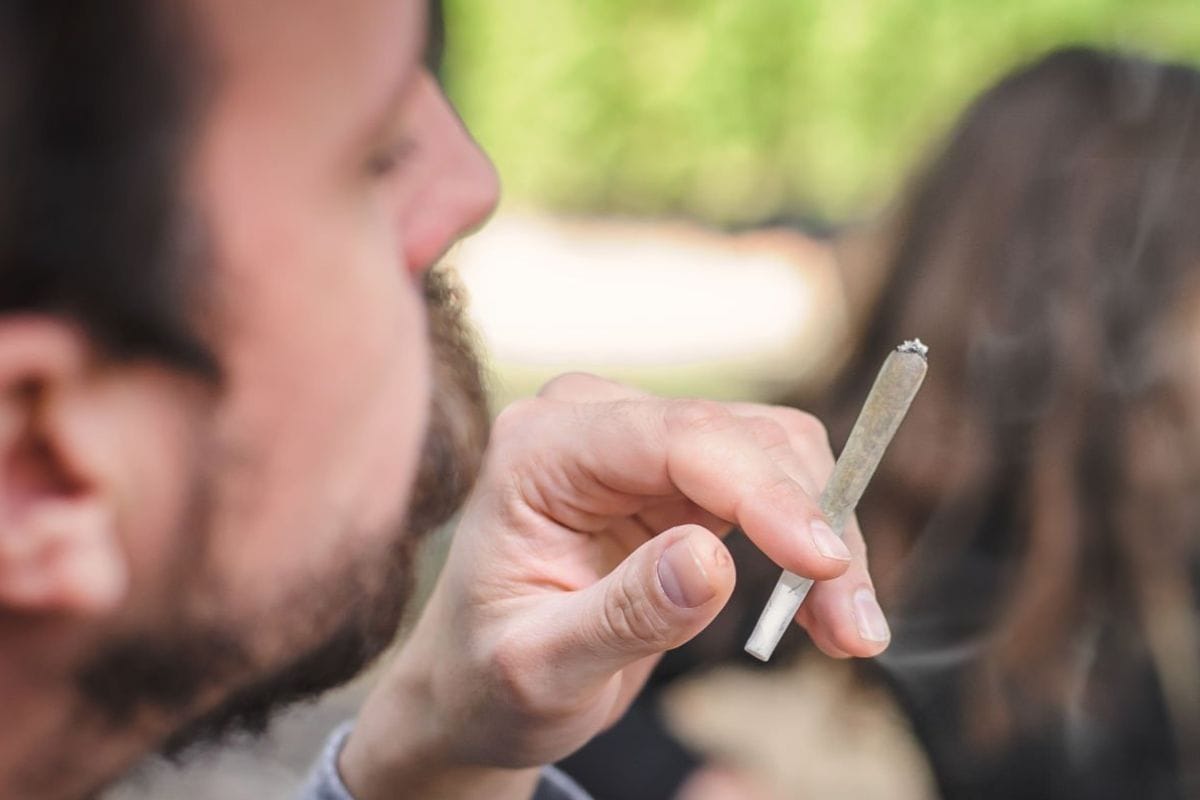
Generally, sativa is associated with energizing effects, but how they vary significantly means not all sativa strains act like uppers. The terpene profile, cannabinoid content, and your body’s response, particularly involving the nervous system, all influence how the plant will affect you. This is why lab testing and reviews are useful when selecting a strain.
Sativa Edibles vs Inhalation
Inhaled sativa (via vape or smoke) acts quickly and offers short-term stimulation. Sativa cannabis strains, on the other hand, have a slower onset and can result in a longer-lasting high. This means edibles may feel more intense for longer periods—sometimes leading to an overwhelming experience for new users.
Euphoric High vs Relaxing High
Sativa is more likely to deliver a euphoric, energetic high, often described as “heady” or cerebral. Indica provides more of a body high—great for unwinding but not for productivity.
Knowing the difference helps many cannabis enthusiasts in the cannabis strains indica debate and the indica vs sativa debate, tailoring their cannabis use to certain strains for specific goals or moods.
Final Thoughts: Is Sativa Right for You?
If you’re looking for a mental lift, creative spark, or motivational push, certain cannabis strains like sativa may be the right fit. But be mindful of potential benefits as well as potential side effects like anxiety, racing thoughts, or over-stimulation. Always start slow and monitor how you respond to different strains.
Conclusion
Cannabis sativa is widely considered an upper due to its cannabis sativa stimulating, mood-boosting, and energizing psychoactive effects. It’s best used in the daytime for those seeking enhanced focus, creativity, and motivation. As with all cannabis systematics products, results vary by individual, so choosing the right strain involves a bit of experimentation.
Understanding how chemical compounds like THC, CBD, terpenes, and your own body chemistry interact, ideally with guidance from a qualified healthcare professional, will help you make the most informed and beneficial choice for your cannabis experience.
FAQ: Is Sativa an Upper or Downer?
1. Is sativa considered an upper or a downer?
Sativa is generally considered an upper because it tends to produce uplifting, energizing, and mood-enhancing effects. It’s commonly used to boost creativity, improve focus, and combat fatigue.
2. Can sativa make you feel anxious?
Yes, some people may experience increased anxiety or paranoia when consuming high-THC sativa strains. It’s important to start with a low dose and monitor how your body reacts.
3. What are common effects of sativa strains?
Typical effects include increased energy, improved mood, enhanced creativity, and a sense of euphoria. Some users also report improved focus and social engagement.
4. When is the best time to use sativa?
Sativa strains are ideal for daytime use because of their stimulating effects. Many users prefer them in the morning or early afternoon to avoid interfering with sleep.
5. What medical conditions can sativa help with?
Sativa strains are often used to treat depression, ADD/ADHD, chronic fatigue, and mood disorders, as well as relieving stress. They may also help increase motivation and combat lethargy.
6. Is sativa more potent than indica?
Not necessarily. Potency depends on the THC and CBD levels in a strain. However, sativa strains usually contain more THC, which can result in a more intense psychoactive effect.

